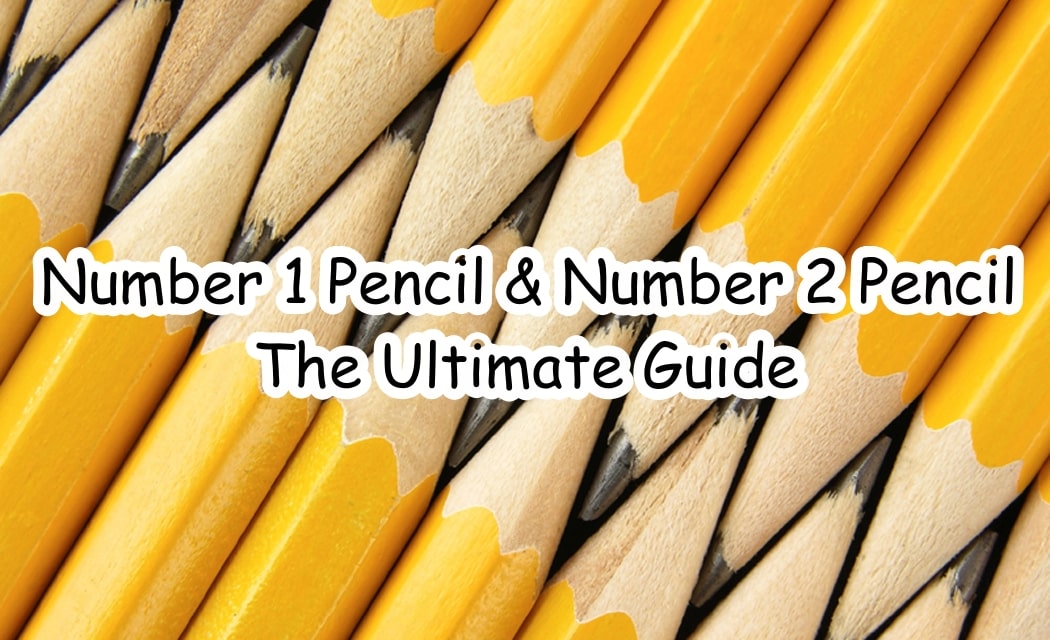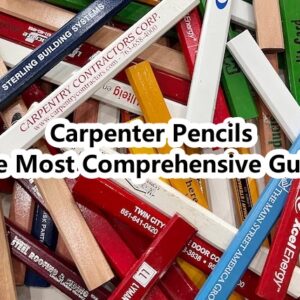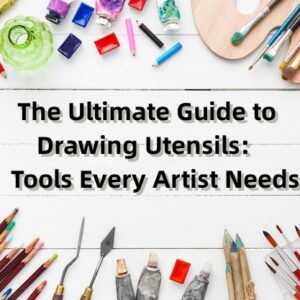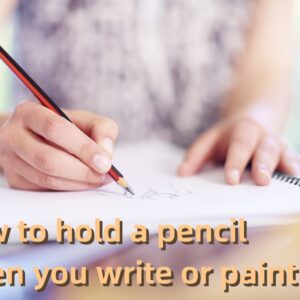Learning how to hold a pencil properly is one of the fundamental skills in drawing and writing. Whether you’re an experienced artist or just starting out, holding the pencil correctly can help you achieve greater precision and control, reduce hand fatigue and strain, and allow you to express your ideas more effectively.
However, with so many different grips and techniques out there, it can be difficult to know where to start. In this article, we’ll explore some of the most common methods of how to hold a pencil for drawing and writing, and offer some tips and tricks to help you find the grip that works best for you.
1. Some Factors Affecting Grip
When it comes to holding a writing tool such as a pencil, there are a variety of factors that can influence the grip you use.
Here are some factors that can affect grip:
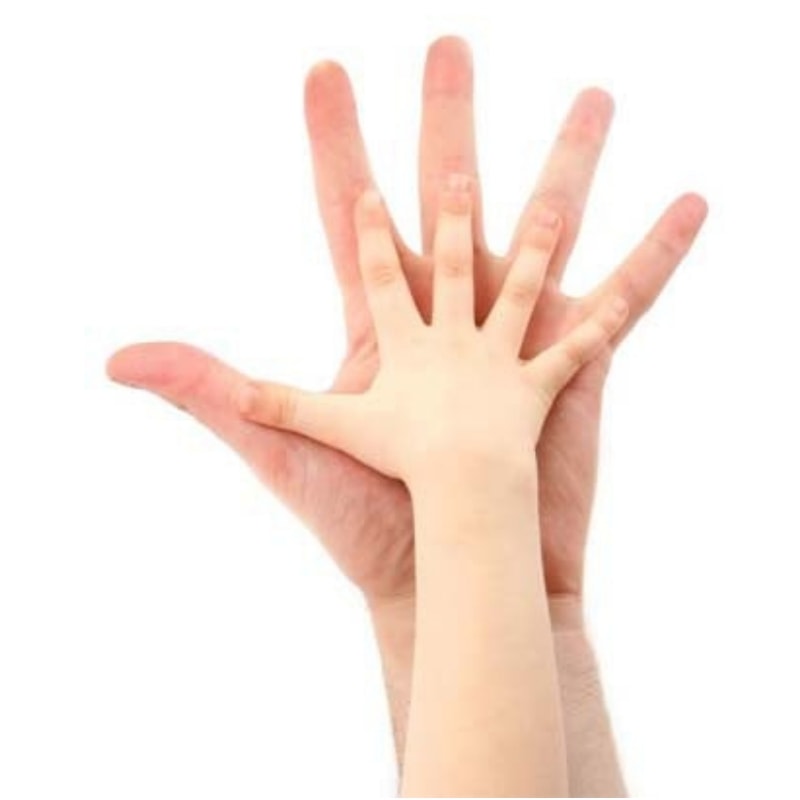
Hand size: People with larger hands may find it more comfortable to use a different grip than those with smaller hands.

Writing surface: The angle and height of the writing surface can affect how you hold the writing tool.
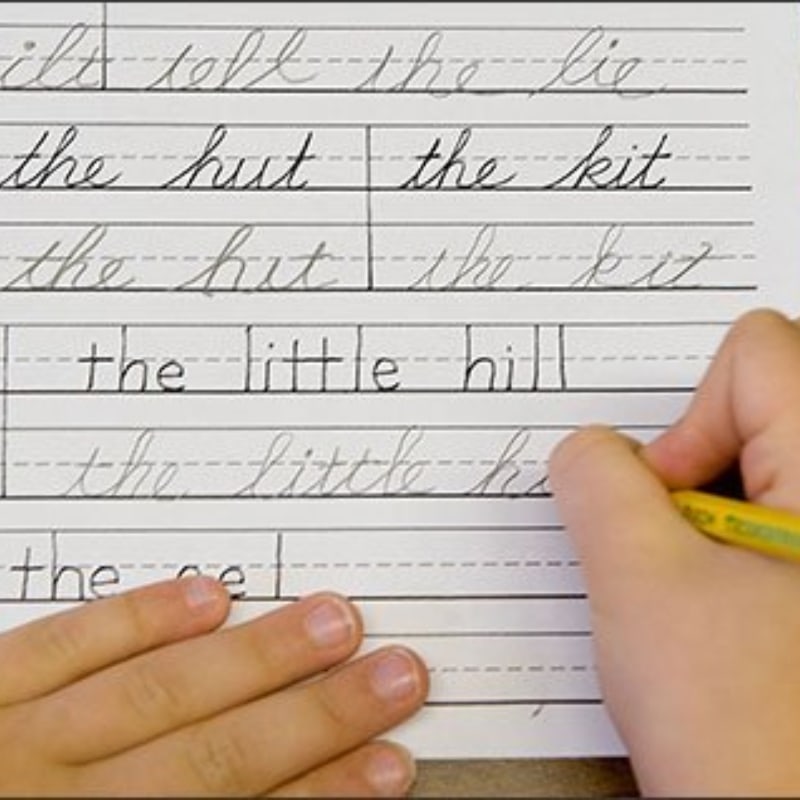
Writing style: Different writing styles may require different grips, such as cursive versus print writing.
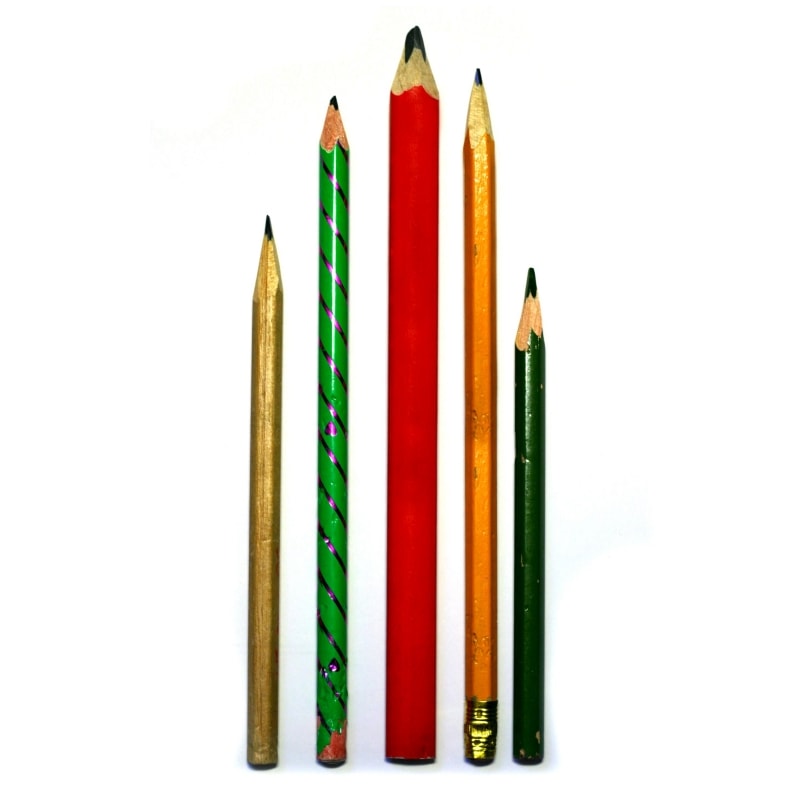
Tool type: Different writing tools have different shapes and sizes, which can affect how you hold them.
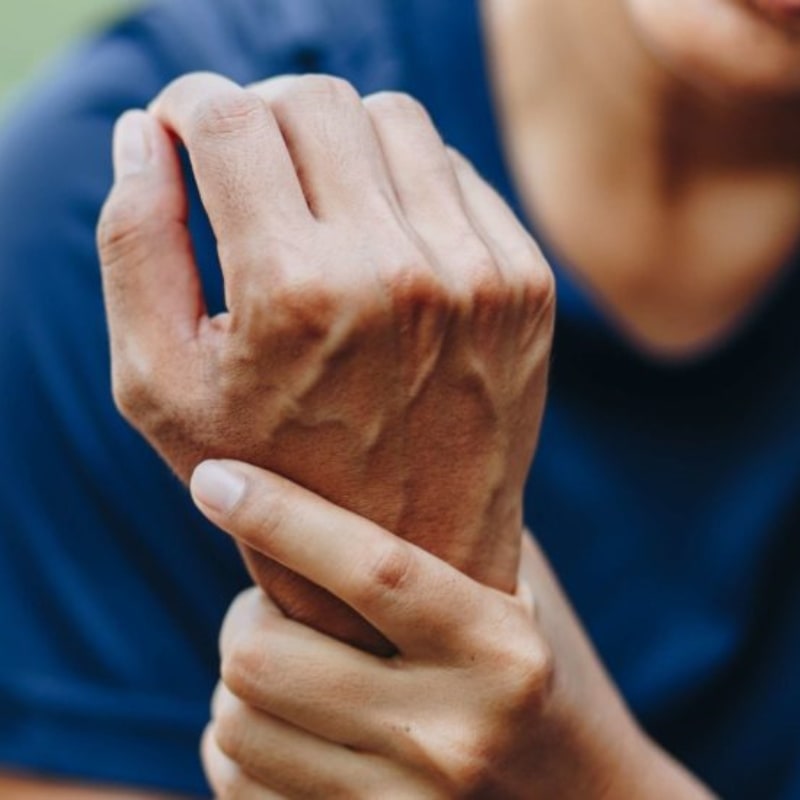
Physical limitations: People with certain physical limitations, such as arthritis or a hand injury, may need to use a modified grip to accommodate their needs.
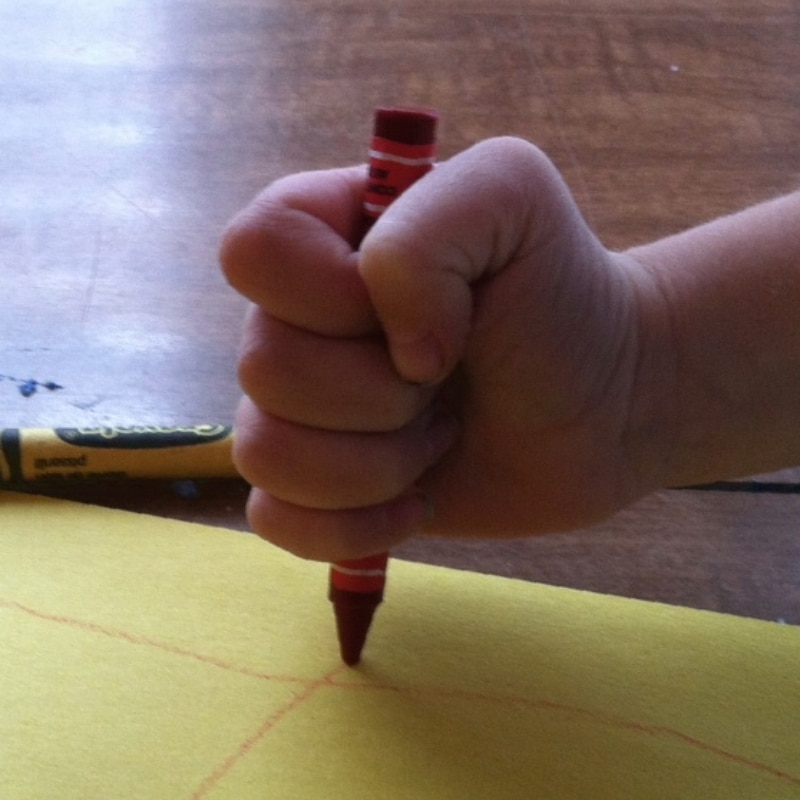
Personal preference: Ultimately, the grip you choose may simply come down to personal preference and what feels most comfortable for you.
By taking these factors into consideration and experimenting with different grips, you can find the grip that works best for you and make your writing or drawing experience more comfortable and enjoyable.
2. The importance of how to hold a pencil
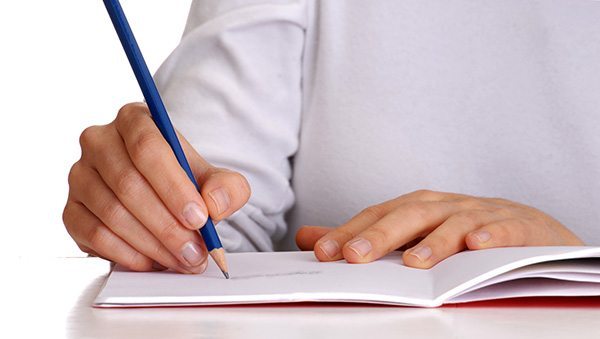
Holding a pen or pencil correctly is important for a number of reasons. First, it can help prevent hand fatigue and cramping during long periods of writing or drawing. Holding the pen or pencil correctly also allows for greater control and precision, which is especially important for artists and calligraphers. In addition, using an incorrect grip can lead to poor handwriting and even pain or injury over time. It’s important to develop good habits early on and practice proper grip techniques to ensure a comfortable and efficient writing or drawing experience.

Choosing the right pencil can make a big difference in how comfortable and effective you are at holding it for writing or drawing. Honeyoung Pencil factory is a manufacturing facility that produces pencils in large quantities. We typically use a combination of automated and manual processes to produce high-quality pencils that meet the standards of the industry.
Our factories use specialized machinery to cut and shape the wood, insert the lead, and apply the paint or coating to the pencil. We employ skilled workers to perform quality control checks and make adjustments to the manufacturing process as needed. If you have custom needs for pencils, you can try to contact us.
3. Common ways how to hold a pencil
When it comes to how to hold a pencil, there are several common ways to grip the pencil that is widely used by writers and artists alike.
Overhand grip
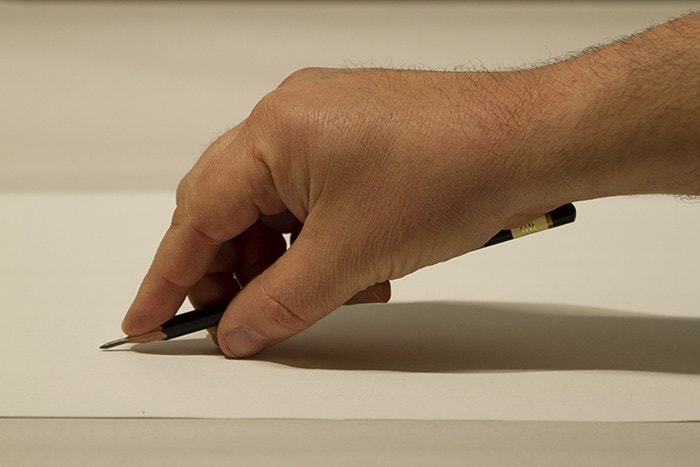
The overhand grip is a traditional way of holding a pencil, pen, or another writing instrument. It involves gripping the instrument between the thumb and middle finger, with the index finger resting on top for support. The hand is positioned above the writing or drawing surface, with the palm facing down towards the paper.
The overhand grip is commonly used for writing and drawing, as it allows for a good balance of control and comfort. The grip provides stability and precision, making it easier to make fine lines and details. It also allows for a greater range of motion, making it suitable for both small and large movements.
In addition to its practical benefits, the overhand grip is also aesthetically pleasing and is often preferred by artists and calligraphers for its elegant appearance. Many people also find it to be a comfortable and natural way of holding a writing instrument, especially for extended periods of time.
Dynamic tripod grip
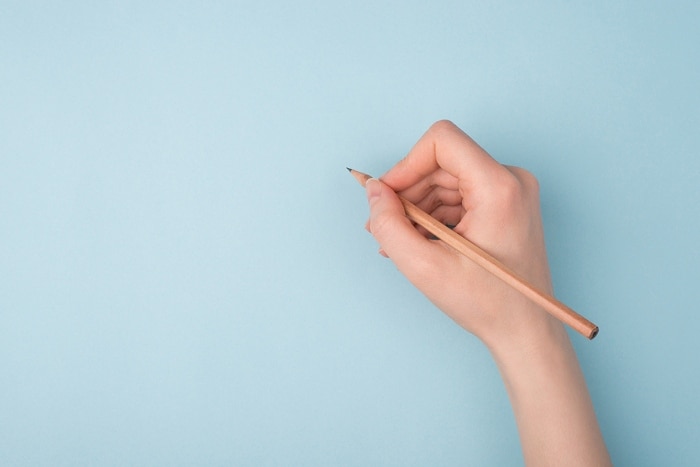
The dynamic tripod grip is a type of pencil grip that is commonly used by children and adults for writing and drawing. It involves holding the pencil with the tips of the thumb, index, and middle fingers, while the ring and pinky fingers are curled under the hand to provide additional support.
The dynamic tripod grip is called “dynamic” because it allows for a small amount of movement and adjustment, which can help to reduce muscle strain and fatigue during extended periods of writing or drawing. This grip is also referred to as the “tripod” grip because the tips of the thumb, index, and middle fingers form a tripod-like structure around the pencil.
Many educators and occupational therapists recommend the dynamic tripod grip because it promotes proper pencil control and can help to prevent hand fatigue and cramping. It also allows for greater precision and control, making it easier to create fine lines and details.
Underhand grip
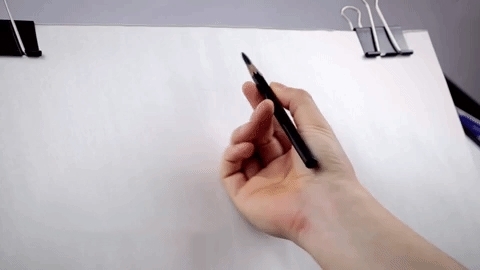
The underhand grip is a less common way of holding a pencil or pen that involves holding the writing instrument between the thumb and the bottom of the index finger, with the other fingers loosely curled under the hand. This grip is sometimes called the “hook” grip, as the index finger is slightly hooked around the writing instrument.
The underhand grip is not as stable or precise as the overhand or dynamic tripod grips, but it can be useful in certain situations. For example, some people find it more comfortable when writing for extended periods of time, as it requires less pressure and strain on the hand and wrist. It may also be useful for writing or drawing on a vertical surface, as the hand and arm can be positioned at a more natural angle.
Despite its potential benefits, the underhand grip is not commonly taught in schools or recommended by occupational therapists or handwriting specialists. This is because it can be more difficult to control and may result in slower, less legible handwriting or drawing. However, some people may find that the underhand grip works well for them and allows them to write or draw with more comfort and ease.
Overhand grip with extended pinky
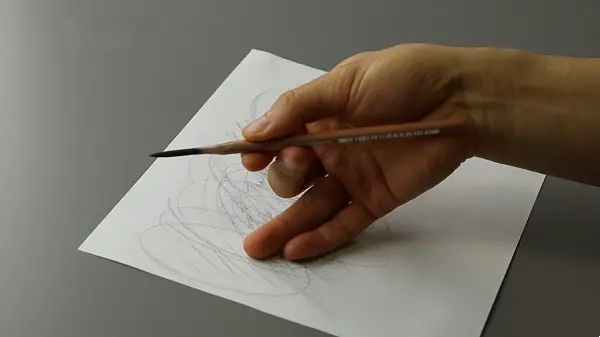
The overhand grip with an extended pinky is a variation of the traditional overhand grip for holding a pencil, pen, or another writing instrument. As the name suggests, this grip involves holding the pencil between the thumb, index, and middle fingers, with the pinky finger, extended outward.
While the extended pinky grip may look unusual, it can actually have some practical benefits for certain individuals. For example, some people find that extending the pinky finger helps to provide additional balance and control when writing or drawing. It can also help to reduce strain on the hand and wrist by distributing the weight of the pencil more evenly.
However, it’s worth noting that the extended pinky grip may not be suitable for everyone. Some people may find that it causes discomfort or fatigue, especially if they are not used to holding a writing instrument in this way. Additionally, some educators and handwriting specialists may discourage the extended pinky grip, as it may be seen as a distraction or an unnecessary deviation from traditional writing techniques.
Quadrupod grip
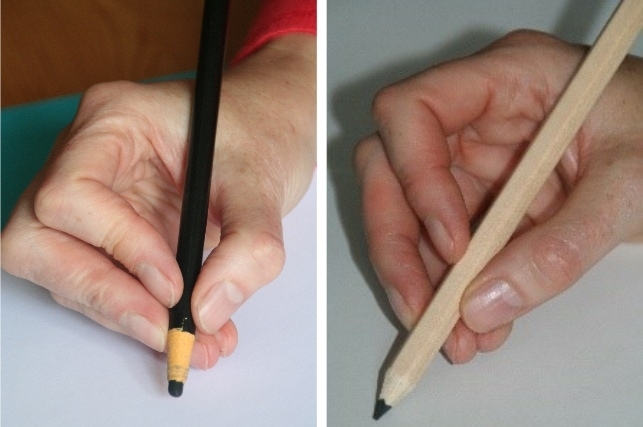
The quadrupod grip is a type of pencil grip that involves holding the pencil with the tips of the thumb, index, and middle fingers, while the ring finger rests on top of the pencil and the pinky finger is curled under the hand for support. This grip is called the “quadrupod” because it involves four points of contact with the writing instrument.
The quadrupod grip is often recommended by occupational therapists and handwriting specialists for children who are learning to write, as it can help to promote proper pencil control and improve handwriting legibility. This grip provides a stable and secure hold on the pencil, which can help to prevent hand fatigue and cramping during extended periods of writing or drawing.
The quadrupod grip is also a good choice for individuals who struggle with other types of grips, such as a dynamic tripod or lateral tripod grips. It allows for greater control and precision, making it easier to write or draw with fine lines and details.
| GRIP | DESCRIPTION | ADVANTAGES | DISADVANTAGES | SUITABLE AGE RANGE |
|---|---|---|---|---|
| Overhand grip | The pencil is held above the middle and parallel to the paper, with the thumb and fingers wrapping over the top. | Provides greater arm movement and control, suitable for shading and larger strokes. | Limited precision and fine control, may cause hand fatigue and strain. | Ages 5 and up |
| Dynamic tripod grip | The pencil is held with the tip resting on the middle finger, while the thumb and index finger grip the sides. | Offers good control and precision, suitable for writing and detailed work. | A limited range of movement can cause fatigue with prolonged use. | Ages 3 and up |
| Underhand grip | The pencil is held below the middle and perpendicular to the paper, with the pinky supporting the hand. | Allows for greater pressure and control, suitable for bold lines and heavy shading. | Limited precision and fine control, can cause cramping and fatigue in the hand. | Ages 7 and up |
| Overhand grip with extended pinky | Similar to an overhand grip, but with the pinky extended outward for support. | Offers more stability and control, suitable for longer drawing sessions. | Can cause fatigue and strain in the wrist and pinky finger. | Ages 9 and up |
| Quadrupod grip | Similar to a tripod grip, but with the pencil positioned diagonally across the fingers for a more flexible grip. | Provides versatility and comfort, suitable for both writing and drawing. | Requires more practice to master, and may feel awkward at first. Can cause fatigue with prolonged use. | Ages 5 and up |
It’s important to experiment with different methods and find the grip that feels most comfortable and effective for your own personal style and preferences.
4. When you are writing
In general, the key to holding any writing utensil is to find a grip that feels comfortable and allows for maximum control and precision. Experiment with different grips and techniques to find what works best for you on how to hold a pencil.
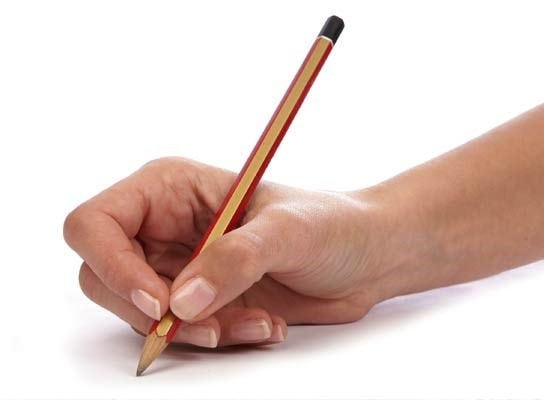
Pencil: Holding a pencil requires a firm grip to create consistent lines and shading. The most common grip is the tripod grip, where the pencil is held between the thumb, index, and middle fingers. The grip should be firm enough to allow for control but not so tight that it causes hand fatigue.
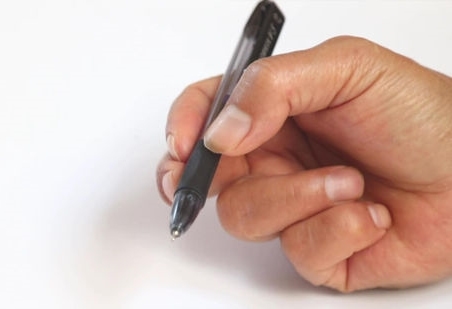
Ballpoint pen: Holding a ballpoint pen is similar to holding a pencil, with dynamic tripod grips and quadrupod grips being the most common. However, ballpoint pens require less pressure than pencils, so the grip can be slightly looser. Some people may also use a grip where the pen is held between the index and middle fingers, with the thumb resting on the barrel of the pen.
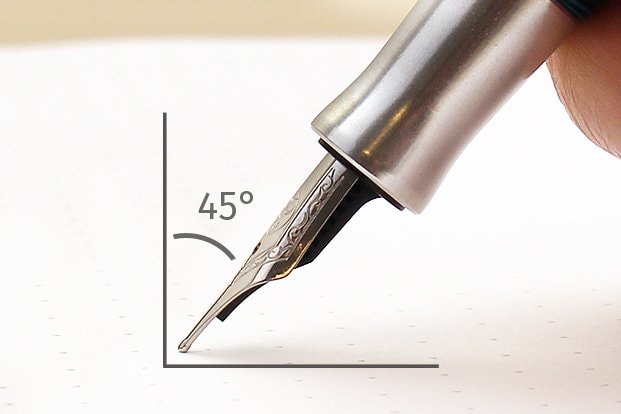
Fountain pen: Fountain pens require a slightly different grip than other types of pens due to their nibs. The grip should be light and relaxed, with the fingers resting on the barrel of the pen rather than gripping tightly. The nib should rest on the paper at a 45-degree angle for optimal ink flow. Unlike pencils and ballpoint pens, fountain pens require a more delicate touch to prevent the ink from smudging or bleeding.
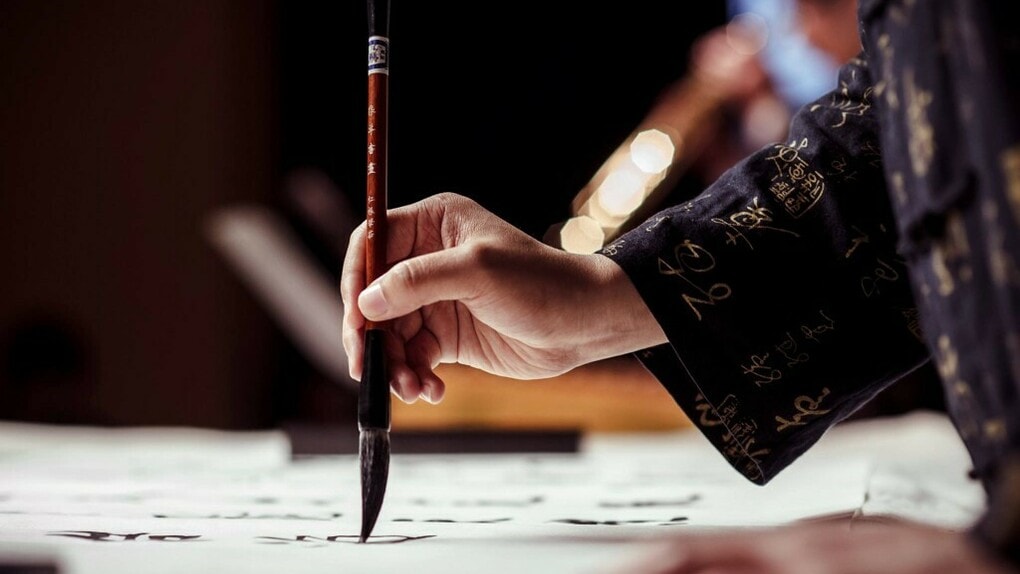
Chinese brush: Unlike regular pens and pencils, the Chinese brush is held at the end of the handle rather than near the tip. This allows for more control and flexibility in the brush strokes. The grip should be light and relaxed, with the brush resting between the index and middle fingers and the thumb resting on top of the handle. The other fingers can wrap loosely around the handle for support.
Chinese brushes are designed to create different stroke widths and textures based on the pressure applied. Light pressure creates thin lines, while heavier pressure creates thicker lines with more ink flow. The brush should be angled slightly away from the body, with the tip pointing in the direction of the brush stroke. The angle can vary depending on the desired stroke and character or image being created.
It’s important to experiment with different grips to find the one that feels most comfortable and effective for you on how to hold a pencil. Over time, you may find that your grip naturally evolves to fit your specific preferences and techniques.
5. When you are painting
Common tools used when painting include paintbrushes, paints, a palette, canvas or paper, an easel, paint thinner or water, a palette knife, masking tape, rags or paper towels, and fixatives.
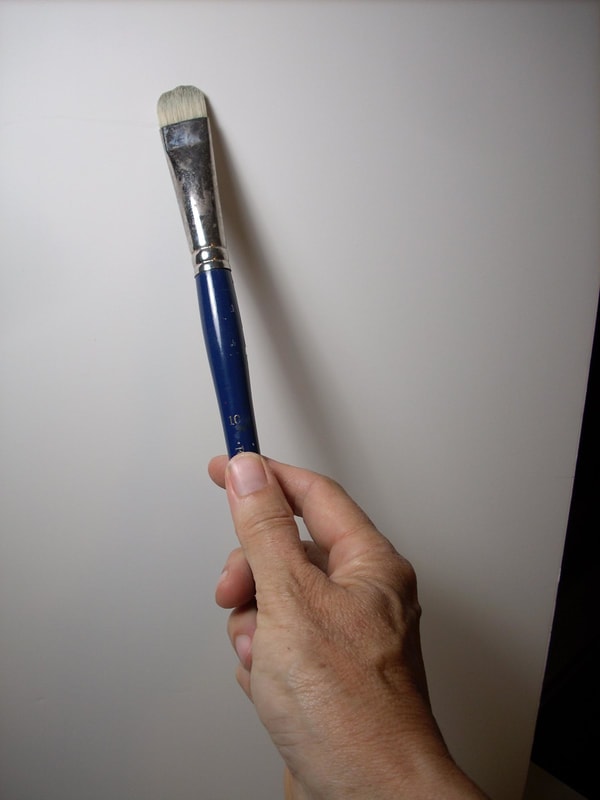
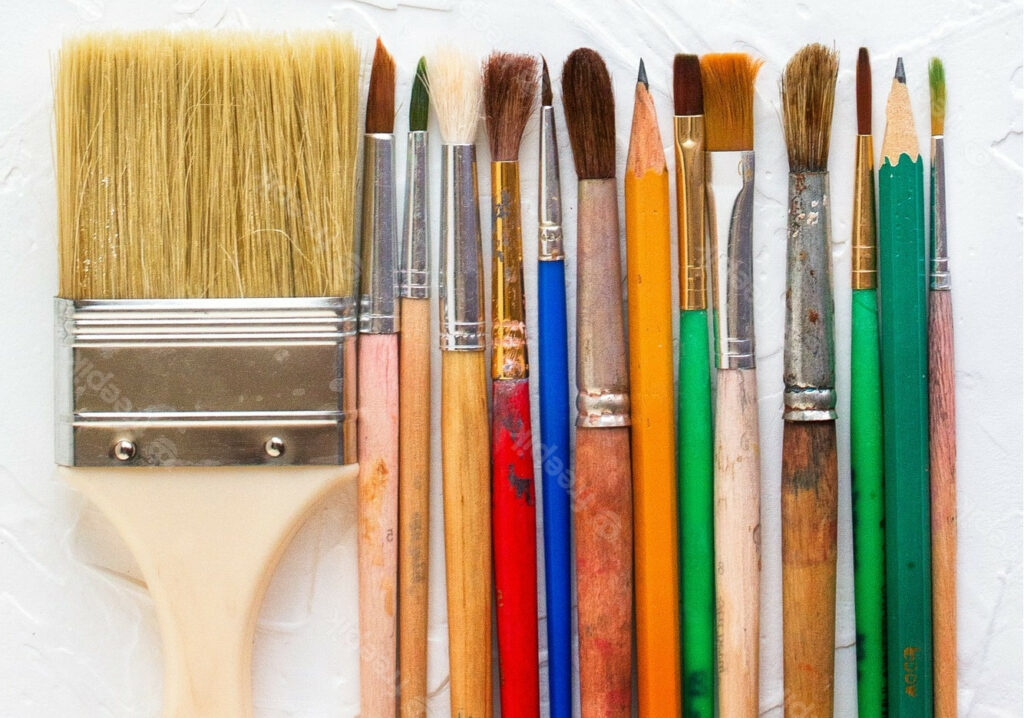
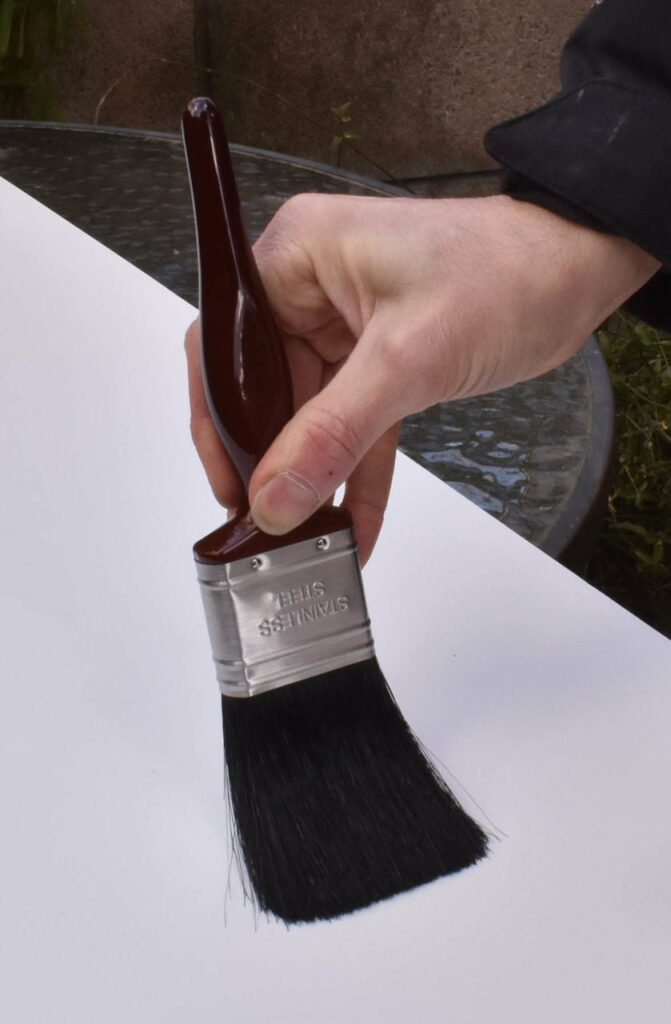
Paintbrushes: These come in various sizes and shapes, and are used to apply paint to a surface.
To hold a paintbrush, grip the brush at the end of the handle with your dominant hand, using your thumb, index, and middle fingers, and rest the handle against the base of your thumb. Then, adjust the grip and position of your hand to suit the brush size, the painting technique, and your personal preference.
For example, you may want to hold the brush closer to the bristles for more control or hold it farther back for a looser stroke.
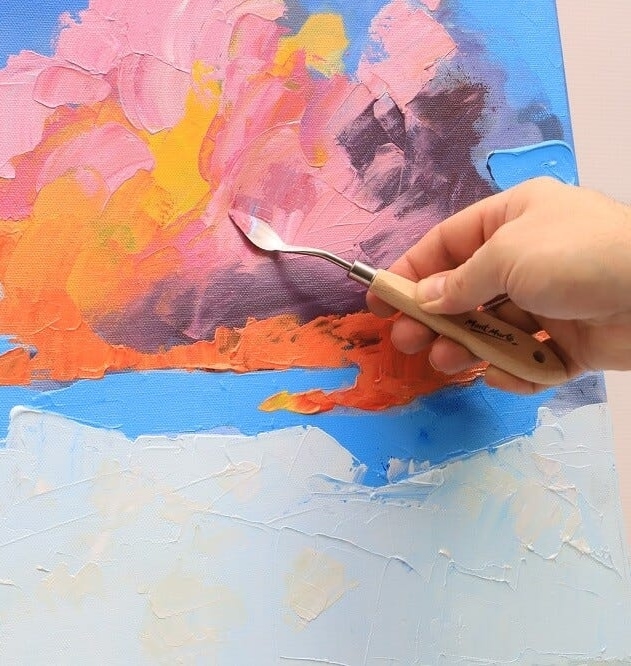
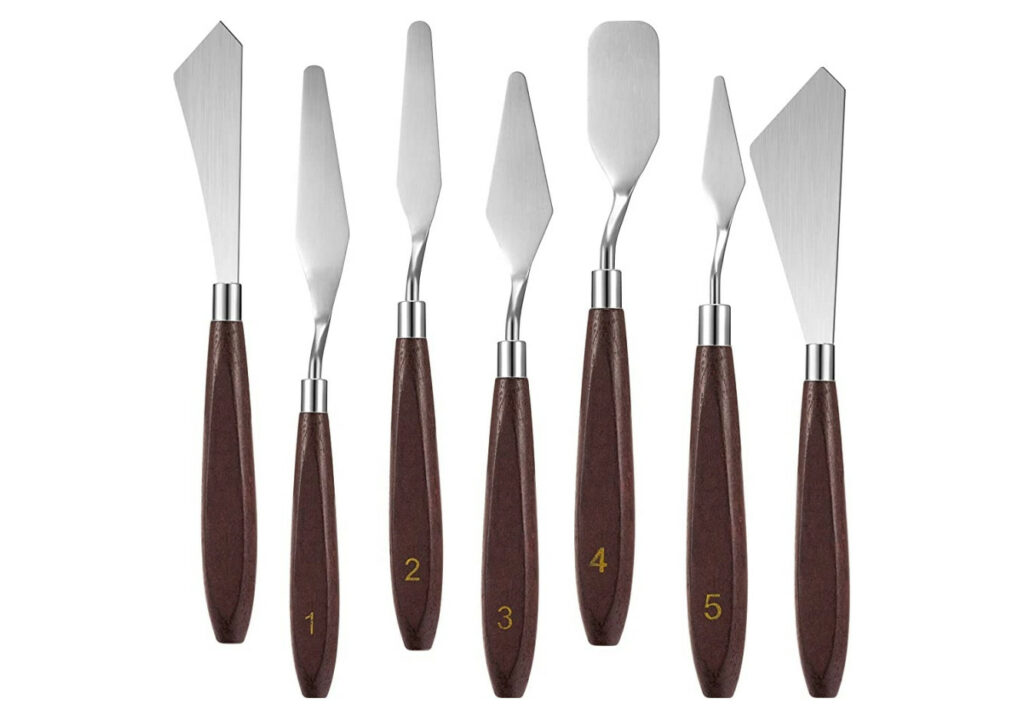
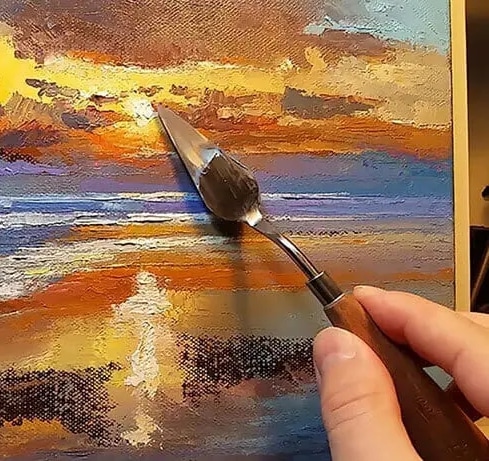
Palette knife: This tool is used for mixing paint or applying it in a thick, textured manner.
To hold a palette knife, grip the handle firmly with your dominant hand, using your thumb, index, and middle fingers, and allow the blade to rest against the base of your thumb. Then, adjust your grip and angle of the knife to suit the painting technique and your personal preference.
For example, you may want to hold the knife at a steep angle for a thick, impasto stroke, or at a shallow angle for a smooth, glazing effect.
6. How to help children hold pencils correctly
Helping children develop the correct pencil grip is an important part of their early education. Here are some tips for helping children hold pencils correctly:
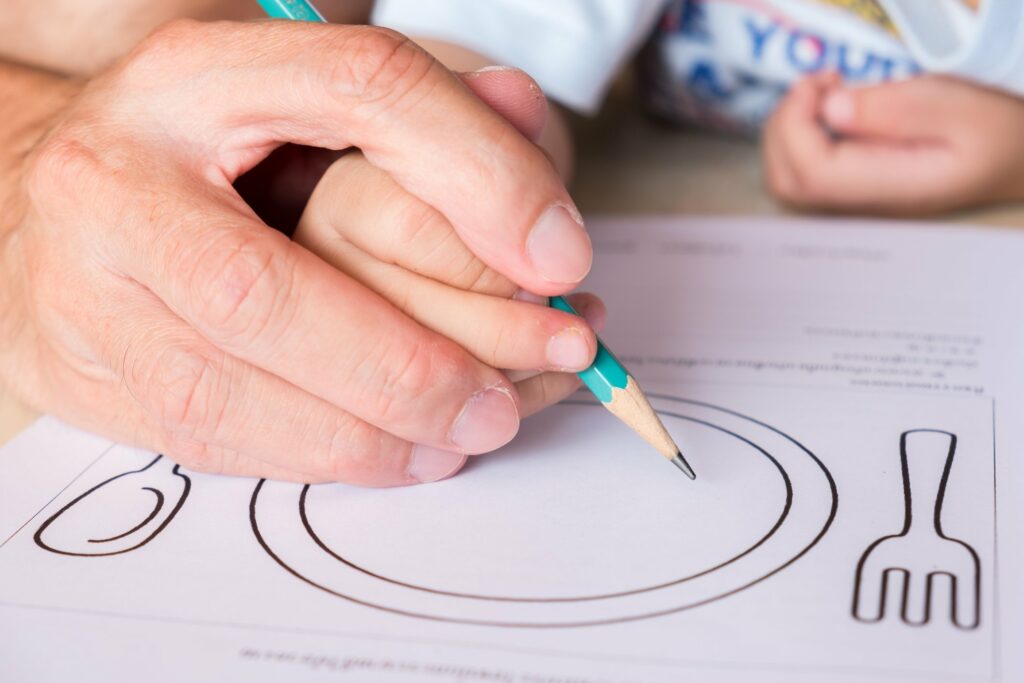
Demonstrate the correct grip: Show children how to hold a pencil correctly by demonstrating the tripod grip and encouraging them to copy your hand position.
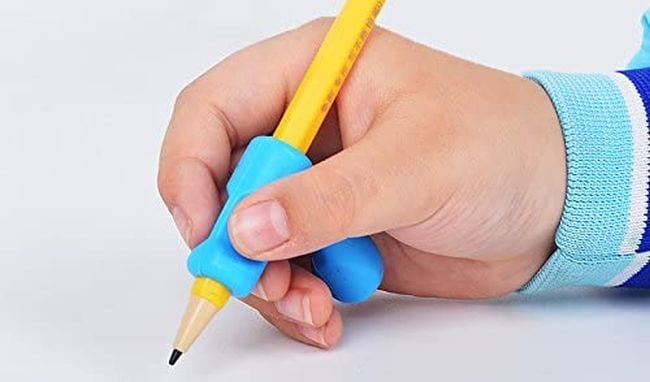
Use tools to aid grip: There are a variety of pencil grips and grips for other writing utensils that can help children hold them correctly. These include grips that slide onto the pencil or pen or larger triangular-shaped writing tools.
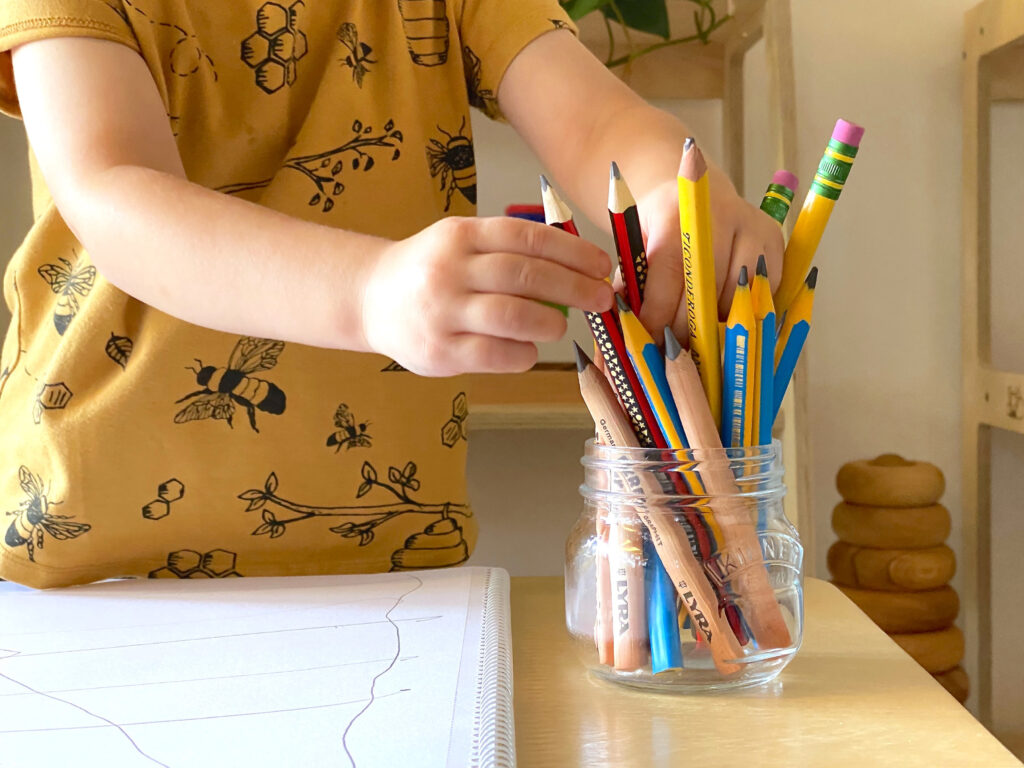
Use appropriate size tools: Make sure the child is using a pencil or pen that is appropriate for their age and hand size. Younger children may benefit from thicker pencils or crayons, while older children may need finer-tip pens or pencils.
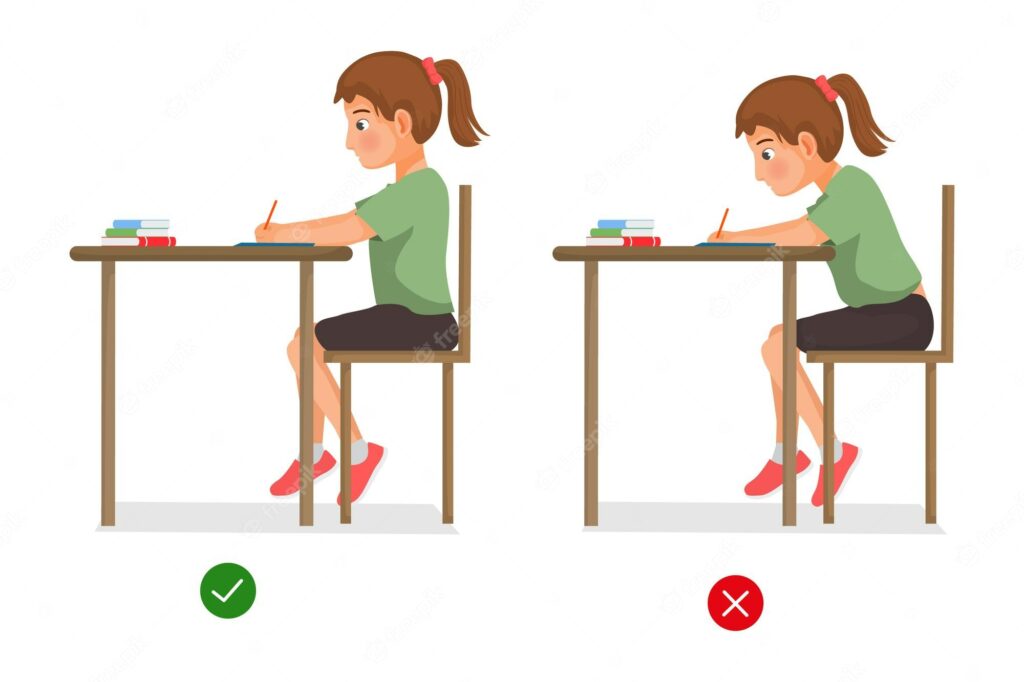
Encourage proper posture: Good posture can help children maintain a stable hand position and improve their grip. Encourage children to sit up straight and keep their feet flat on the floor.
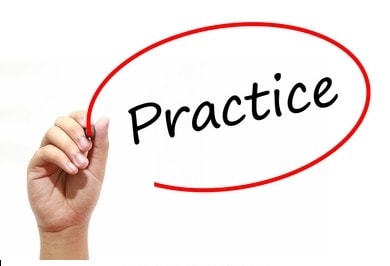
Practice, practice, practice: Consistent practice is key to helping children develop the correct pencil grip. Provide plenty of opportunities for children to practice writing and drawing, and encourage them to use the correct grip every time.
Remember, it’s important to be patient and encouraging with children as they develop their fine motor skills. Celebrate their progress and praise their efforts to help build their confidence and motivation.
If you still need a video guide, I hope the following video can help you.

Conclusion
In conclusion, how to hold a pencil can greatly impact the quality of your writing or drawing. By experimenting with different grips and taking into consideration factors such as hand size and writing style, you can find the grip that works best for you. Whether you prefer the classic tripod grip or something more unique, remember to prioritize comfort and ease of use to achieve the best results.
If you want to know more pencil brands, please click here: Top 10 Pencil Brands In The World

